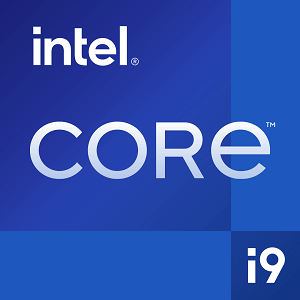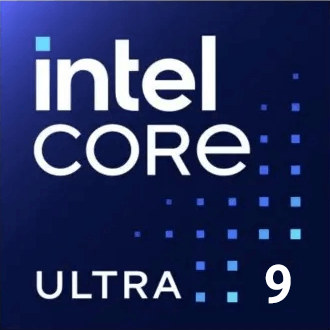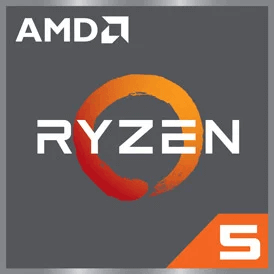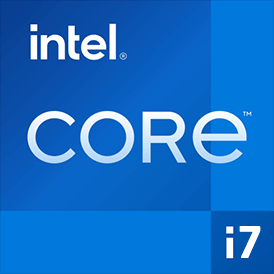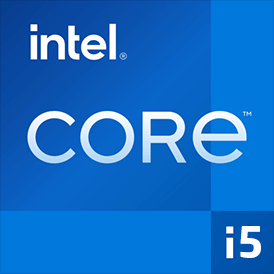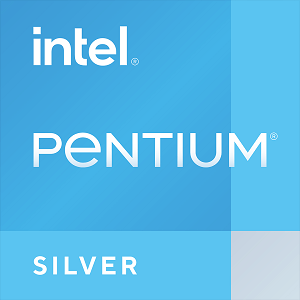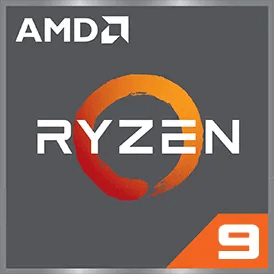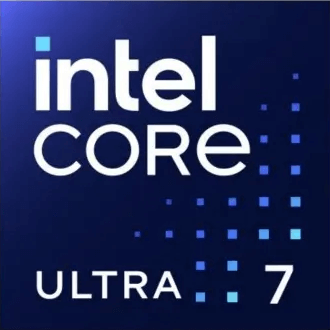Apple M2 Max vs Intel Core i9 13900H
We compared two laptop CPUs: Apple M2 Max with 12 cores 3.5GHz and Intel Core i9 13900H with 14 cores 2.6GHz . You will find out which processor performs better in benchmark tests, key specifications, power consumption and more.
Main Differences
Apple M2 Max 's Advantages
Better graphics card performance
Larger memory bandwidth (409.6GB/s vs 89.6GB/s)
Higher base frequency (3.5GHz vs 2.6GHz)
More modern manufacturing process (5nm vs 10nm)
Lower TDP (30W vs 45W)
Intel Core i9 13900H 's Advantages
Higher specification of memory (6400 vs 6400)
Newer PCIe version (5.0 vs 4.0)
Score
Benchmark
Cinebench R23 Single Core
Apple M2 Max
1651
Intel Core i9 13900H
+20%
1991
Cinebench R23 Multi Core
Apple M2 Max
14852
Intel Core i9 13900H
+22%
18260
Geekbench 6 Single Core
Apple M2 Max
2696
Intel Core i9 13900H
2674
Geekbench 6 Multi Core
Apple M2 Max
+1%
14905
Intel Core i9 13900H
14727
Cinebench 2024 Single Core
Apple M2 Max
+5%
121
Intel Core i9 13900H
115
Cinebench 2024 Multi Core
Apple M2 Max
+10%
1050
Intel Core i9 13900H
951
Blender
Apple M2 Max
+12%
255
Intel Core i9 13900H
226
Geekbench 5 Single Core
Apple M2 Max
+8%
2004
Intel Core i9 13900H
1842
Geekbench 5 Multi Core
Apple M2 Max
+3%
15030
Intel Core i9 13900H
14479
Passmark CPU Single Core
Apple M2 Max
+7%
4149
Intel Core i9 13900H
3866
Passmark CPU Multi Core
Apple M2 Max
26232
Intel Core i9 13900H
+11%
29283
General Parameters
Jan 2023
Release Date
Jan 2023
Apple
Manufacturer
Intel
Laptop
Type
Laptop
ARMv8
Instruction Set
x86-64
Apple M2
Core Architecture
Raptor Lake
-
Processor Number
i9-13900H
Apple M-Socket
Socket
BGA-1744
Apple M2 Max GPU (38-core)
Integrated Graphics
Iris Xe Graphics (96 EU)
Package
67 billions
Transistor Count
-
5 nm
Manufacturing Process
10 nm
30 W
Power Consumption
35-45 W
-
Max Turbo Power Consumption
115 W
100°C
Peak Operating Temperature
100°C
CPU Performance
8
Performance Cores
6
8
Performance Core Threads
12
3.5 GHz
Performance Core Base Frequency
2.6 GHz
-
Performance Core Turbo Frequency
5.4 GHz
4
Efficiency Cores
8
4
Efficiency Core Threads
8
2.4 GHz
Efficiency Core Base Frequency
1.9 GHz
-
Efficiency Core Turbo Frequency
4.1 GHz
12
Total Core Count
14
12
Total Thread Count
20
-
Bus Frequency
100 MHz
35x
Multiplier
26x
192 K per core
L1 Cache
80 K per core
32 MB shared
L2 Cache
2 MB per core
-
L3 Cache
24 MB shared
No
Unlocked Multiplier
No
Memory Parameters
LPDDR5-6400
Memory Types
DDR5-5200, DDR4-3200, LPDDR5-6400, LPDDR5x-6400, LPDDR4x-4267
96 GB
Max Memory Size
96 GB
8
Max Memory Channels
2
409.6 GB/s
Max Memory Bandwidth
89.6 GB/s
No
ECC Memory Support
No
Graphics Card Parameters
true
Integrated Graphics
true
450 MHz
GPU Base Frequency
300 MHz
1398 MHz
GPU Max Dynamic Frequency
1500 MHz
4864
Shader Units
768
304
Texture Units
48
152
Raster Operation Units
24
608
Execution Units
96
70 W
Power Consumption
15 W
7680x4320 - 60 Hz
Max Resolution
-
13.6 TFLOPS
Graphics Performance
1.69 TFLOPS

